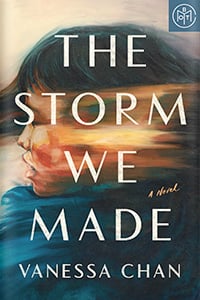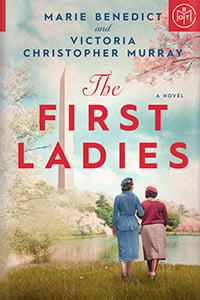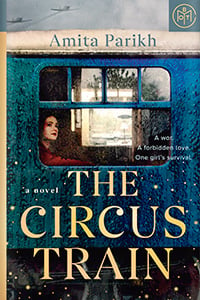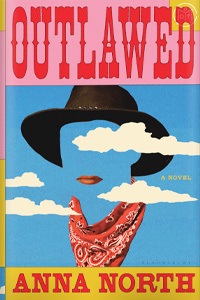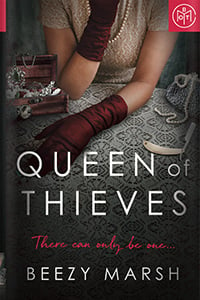

Historical fiction
The Paris Hours
Early Release
by Alex George
View audiobook
Quick take
Is there anything dreamier than artists in 1920s Paris? Between these pages, you can almost smell the croissants.
Good to know
Romance
Nonlinear timeline
Sad
Real-life characters
Synopsis
Paris between the wars teems with artists, writers, and musicians, a glittering crucible of genius. But amidst the dazzling creativity of the city’s most famous citizens, four regular people are each searching for something they’ve lost.
Camille was the maid of Marcel Proust, and she has a secret: when she was asked to burn her employer’s notebooks, she saved one for herself. Now she is desperate to find it before her betrayal is revealed. Souren, an Armenian refugee, performs puppet shows for children that are nothing like the fairy tales they expect. Lovesick artist Guillaume is down on his luck and running from a debt he cannot repay—but when Gertrude Stein walks into his studio, he wonders if this is the day everything could change. And Jean-Paul is a journalist who tells other people’s stories, because his own is too painful to tell. When the quartet’s paths finally cross in an unforgettable climax, each discovers if they will find what they are looking for.
Told over the course of a single day in 1927, The Paris Hours takes four ordinary people whose stories, told together, are as extraordinary as the glorious city they inhabit.
Read a sample
Get an early look from the first pages of The Paris Hours.
Why I love it
Stephanie Hockersmith
BOTM Ambassador, @pieladybooks
As both a reader and a baker, I am always drawn to stories that appeal to all of the senses—and there are few times in history that draw me in more than 1920s Paris. Think beautiful gardens, freshly baked bread, cold and crisp wine… not to mention its bounty of talented artists and performers. So I was thrilled to journey to the streets of Paris once again in this novel about the people whose passions radiated from those cobblestone streets each day.
Told over the course of 24 hours, the book introduces four characters whose different lives intersect in powerful ways: There’s the woman whose future lies in the balance after she broke a promise to her old employer. There’s an artist in a bad way who believes his entire fate rests on a chance meeting with Gertrude Stein. There’s an Armenian refugee who performs puppet shows that are not what anyone would expect, and a French journalist who dreams of America, but whose past ties him to the streets of Paris indefinitely.
I loved spending the day with these characters and their incredible backstories, and I could not stop turning the pages until I found out how their lives converged. With guest appearances from Ernest Hemingway, Josephine Baker, and Gertrude Stein, this story was an important and timely reminder of how deeply connected we are to the people around us—and how each of our choices greatly affect the lives of others. A moving tale of hope, regret, and second chances, The Paris Hours is just the book to curl up with for a comforting afternoon.














